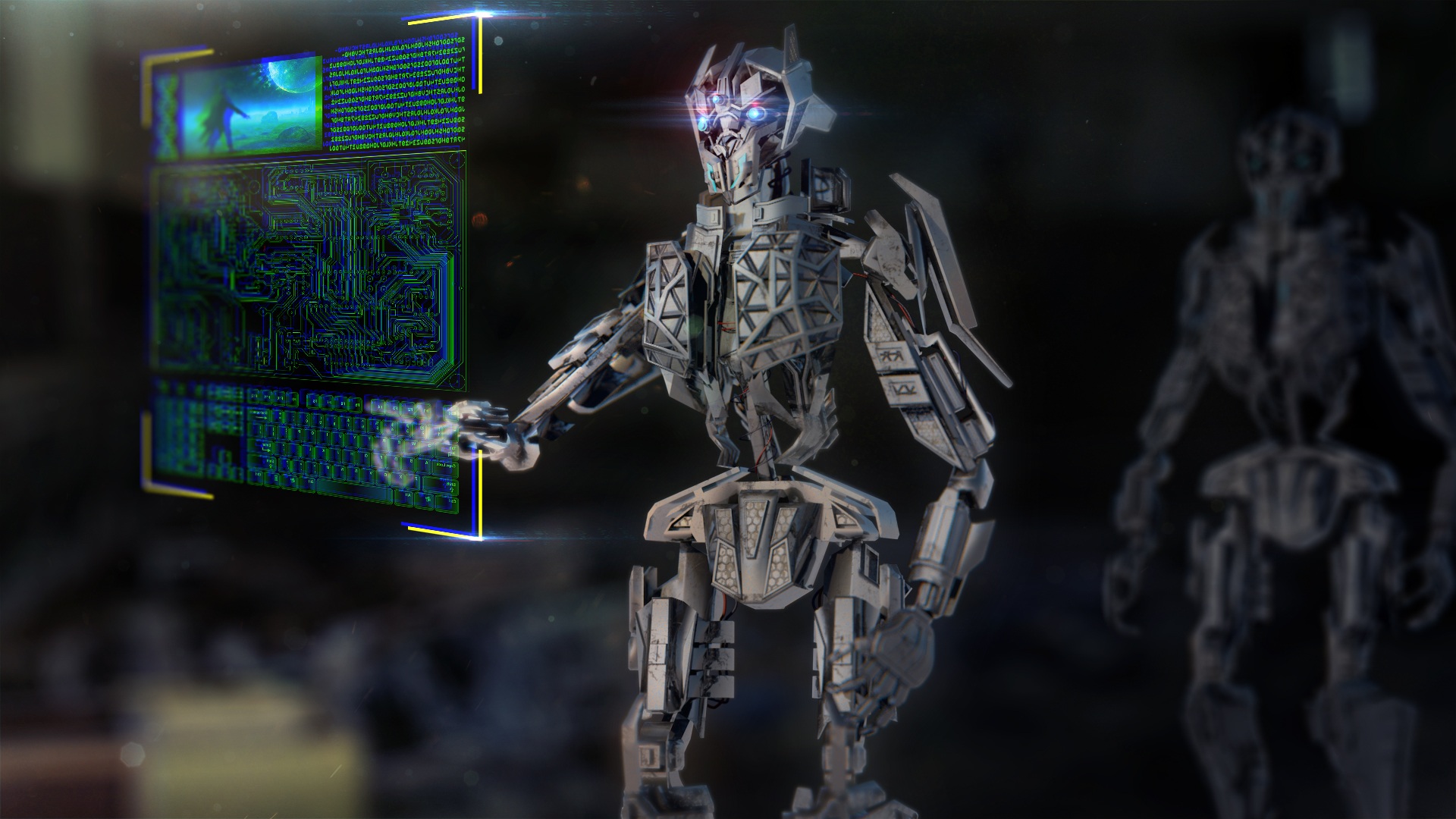Fashion is considered one of the biggest industries in the world, and it has estimated to have $1.5 trillion a year. AI is fashion industry can be the new future of fashion as it reshapes the fashion industry. There hasn’t been much change when we consider the fashion industry in the past years. Additionally, it is a booming industry. It is accessible to source low-cost manual labor in many countries and outsource high production costs. Additionally, there is also a considerable concern regarding the wages pollution, satisfying the hyper-connected consumers.
We live in an instant age of technology, and social media is changing how fashion was consumed previously. It gives the customers instant access to the latest trends after hitting the catwalk. The younger generation that wants to stand out from the crowd tends to lean towards individual preferences. Despite that, fast fashion and mass-made clothing have also lost the appeal that they had before.
As the customers’ lives become entangled with the other technology, the need for the latest technology comes in. This also helps push the limits of manufacturing, production, marketing, and wearability. This is where different technologies such as 3D printing, blockchain, mobile commerce come in.
Novel fabrics
Novel fabrics can be defined as the future of fashion as the designers use and set themselves apart as they appeal towards sustainable options. Many startups are opting towards eco-leather creating lab-grown leather without harming the animals. This technology also the printed objects to change color with the help of MIT researchers called ColorFab 3D. This technology also uses photochromic inks that help change the color when exposed to UV light wavelengths.
These highlights how the novel fabrics will reshape our garments every day. These novel fabrics are popping out across the globe, and it seems that there is no slowing down in the technological trend.
Visual merchandising
Fashion brands have focused on the value of designs and the shop floor to attract consumers. Visual merchandising is known to send data to the right product that has the proper styling at the right place and targets the right segment of the users. This helps the store implement brand designs in the digital forefront to develop the relationship bond between the brand and the consumers. This is also important to help with customer acquisitions.
Customer personalization
With the increase in data processing, designers are using AI analytics to hyper personalize their shopping experience, and here is how a personal AI can be:
- Clothing design: this uses the optimal algorithm that helps analyze the possible trends. This AI develops new and comprehensive clothing complete with sewing patterns. The retailers also opt for AI-designed clothes for manufacturing firms and implement these additional steps to simplify the pattern-making and fitting process. A brand known as stitch fix uses advanced data analytics to deliver the customers personalized products. It also provides price and style preferences that best align with the product.
- Personalized recommendations: AI is also used to drive traffic to other products with the help of the recommendations feature. Amazon has reported having a 55% of the overall revenue based on the customers’ requests.
This method was almost impossible before using the algorithm model or AI. A vast amount of data was needed to refine the findings into something insightful. The brands had to use knowledge and computational resources of the technology to identify the shopper’s needs and influence their experiences based on past history, purchases, favorite color, textures, and many other styles.
Visual search
Like text-based research, the visual analysis provides, interprets, and recognizes the users’ input. This offers the best search result possible with the help of this data. Instead of making the humans think like the programmers, the traditional text search works; visual search switches the script. With AI, the computer hears, interprets, and takes visual cues from humans. Numerous brands are opting for custom machine learning that, with the help of an extensive catalog of products, display similar search results relevant to the suggestions.
Combating counterfeits
When an individual searches for something in the massive online marketplace, it might become difficult for the customers to identify any counterfeit product from the third-party vendor. When the customer purchases a product that is similar to a genuine-looking product but performs poorly, this might have bad taste and negatively affect the view of the customer of the brand.
Many brands attract their customers with the help of large database sets and photos from various online markets that use AI to evaluate and determine potentially counterfeit products. The criteria of posting rate of account, the type of items they sell, and the presence of false reviews are all used to point to a counterfeit product.
Productivity Improvement
One of the primary advantages of AI technology is that it allows fashion companies to automate the daily and mundane activities that humans typically carry out. Several tasks such as the data entry and the customer service are now performed with the help of data entry. This also allows humans to focus on a strategic task that requires a human. The automation of data has led to improvement in productivity. This will also result in productivity. There are several advantages to that as well, such as:
- Smart information system: the associates in the store have several positions to play. This is not limited to acquiring, handling, or storing inventories. Instead, they have to provide product information, keep track of promotional deals, and manage the merchandising.
- Return reduction: The return of the sold goods is one of the significant pinpoints for the fashion industry. The help of AI-enabled customization and product specification helps consumers become more knowledgeable and less likely to purchase the wrong product. This has helped to decrease the number of items and instead increase the customers’ loyalty.
Trend forecasting
This also helps to forecast several colors, materials, trends, and patterns. Additionally, it also determines past retail success and future performances. AI enhances confidence and provides a confident decision-making phase of fashion product creation.










1 Comment
[…] is no longer a buzzword. Customer service, education, and automation are used in many sectors, and AI has instigated the advancements by leaps and […]
Comments are closed.